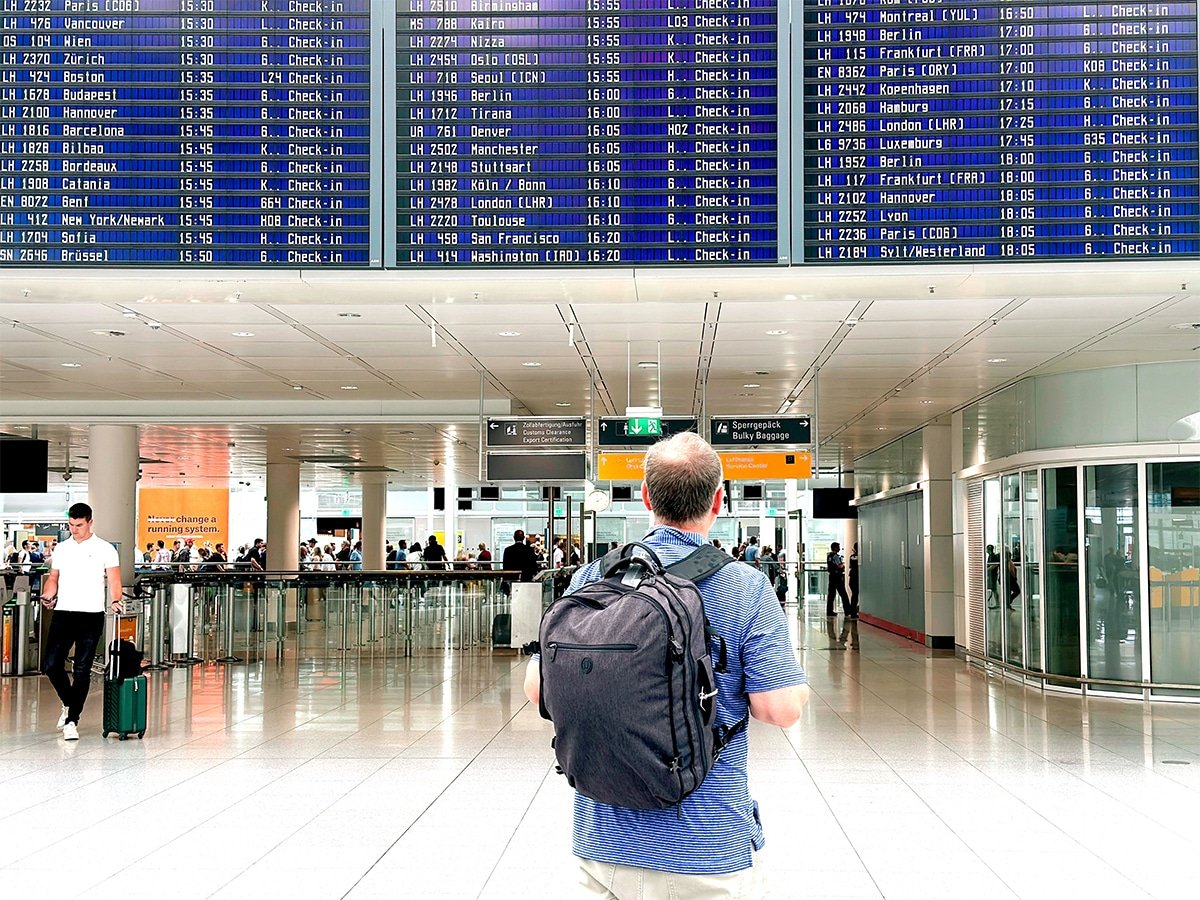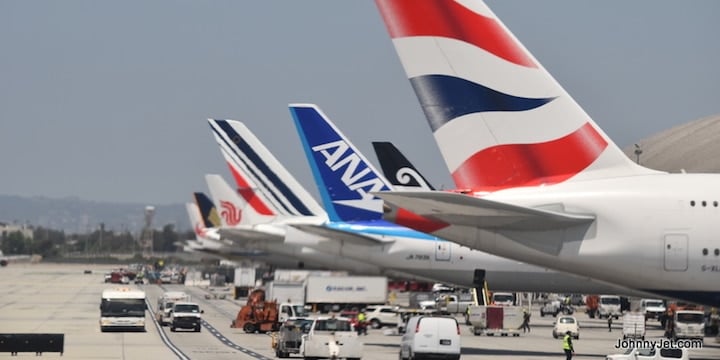If you receive my daily travel tips newsletter (sign up for free here), then you know one of my regular reminders to readers is that when they really need to contact an airline during a major storm or meltdown, to use Twitter, or X, as it’s now officially called. RELATED: What to Do in Weather Delays and Flight Cancellations

If you read the article above, then you also know that if you’re at the airport and your flight is disrupted, you need to act fact and reach out to an airline in multiple ways. I usually call the reservations office, stand in line at customer service or better yet, go directly to an airline lounge (if I have a membership) and reach out to them via X. If I was really desperate, I would also try one of their international call centers, using either Skype or WhatsApp.
For me, in the past, Twitter was always the fastest way to get help, especially if I was flying American Airlines or another airline with a great social media team. Unfortunately, once Elon Musk purchased the platform, he removed many of the safety measures so it’s now like the Wild Wild West.
According to this CNN Business article, Yoel Roth, the company’s former head of site integrity
“warned Musk’s laissez-faire approach to content moderation, and his lack of a transparent process for making and enforcing platform policies, has made Twitter less safe, in part because there aren’t enough staff remaining who understand that malicious actors are constantly trying to game the system in ways that automated algorithms don’t know how to catch.”
Jason Rabinowitz, a travel blogger whose handle is @airlineflyer, just did some excellent investigative journalism and uncovered how thieves are capitalizing on Musk’s lax rules and are preying on vulnerable travelers who are in a hurry and can easily make a rash decision.
Jason posted a few tweets showing his results after sending out a test tweet. “Ignore this tweet, please do not reply to it. I’m running an experiment. Thank you. Help. Flight. Cancel. Canceled. Delay. Delayed. @lufthansa @JetBlue @British_Airways @SAS @Delta @AmericanAir @easyJet @Ryanair @airfrance”
He then followed up with, “Yes, I’m hunting for airline scam bots! It seems you’re most likely to be targeted if you mention an airline with its @ name, and also use keywords like “help” or “canceled.” Lufthansa seems to be most targeted. The scammer will DM you and attempt to migrate over to Whatsapp.”
Yes, I’m hunting for airline scam bots!
It seems you’re most likely to be targeted if you mention an airline with its @ name, and also use keywords like “help” or “canceled.”
Lufthansa seems to be most targeted. The scammer will DM you and attempt to migrate over to Whatsapp. https://t.co/9b6ef88Ikh pic.twitter.com/LjMXUmVUso
— Jason Rabinowitz (@AirlineFlyer) October 5, 2023
The results are scary and you could see how a flustered traveler in a rush could fall prey. Many frequent travelers knows that air travel is in such high demand and airlines are not back to 100% capacity, meaning there are far fewer seats available.
If an airline cancels a flight or worse, you miss it, there’s a good chance you could be stuck for days, depending on the circumstances, airline and destination. There’s just nowhere for airlines to put more travelers. Just look at what happened last Christmas with Southwest Airlines.
This is the main reason I preach not to book a connecting flight and if you do, to leave plenty of time in between flights. For example, this summer I booked my family a super early flight and an 8-hour layover in Munich, Germany instead of waking up late in Southern Italy and gambling with a 90-minute connection.
Jason shows how the scammers work: “From there the scammer will pretend to be an airline customer service agent. They’ll take your flight details and reservation number and probably even find you a new flight. But they’ll charge some crazy “fee” that targets will think the airline is collecting. It sucks.”
Jason has great advice, which is the heart of this tip. “Be EXTREMELY CAUTIOUS when seeking customer support from any company on Twitter these days. Look for the gold checkmark since we know the blue checkmark means nothing now. But some airlines don’t even have that.”
Be EXTREMELY CAUTIOUS when seeking customer support from any company on Twitter these days. Look for the gold checkmark since we know the blue checkmark means nothing now. But some airlines don’t even have that.
Best bet? Find the airline’s @ name on its website and DM directly.
— Jason Rabinowitz (@AirlineFlyer) October 5, 2023
It’s not just Twitter, or X, that’s having these scam problems. You also have to be careful when using search engines because scammers have figured out ways to manipulate search to give travelers the wrong airline phone numbers. It’s increasingly more important to be savvy and careful out there.
MORE SCAMS TO WATCH OUT FOR:
- Is Your Hotel Scamming You?
- Don’t Fall For It: Scammers Are Pretending to be Customs and Border Protection Agents
- Cybersecurity and Fraud Expert Shares Tips on How Not to Get Scammed When Traveling
- How To Avoid Vacation Rental Scams
- Don’t Fall For These QR Code Scams
Want more travel news, tips and deals? Sign up to Johnny Jet’s free newsletter and check out these popular posts: The Travel Gadget Flight Attendants Never Leave Home Without and 12 Ways to Save Money on Baggage Fees. Follow Johnny Jet on MSN, Facebook, Instagram, Pinterest, and YouTube for all of my travel posts.








Blaming Musk for the corruptness of others is asinine. It is good that you post this warning about these criminals, but to blame Musk is a stretch. I am disappointed for you – keep your liberal political bullshit out of your posts.
Read it
In the thread in question there are *zero* screenshots showing a verified blue-or-any-other-color-check account. They are all free bot accounts using random handles. If there’s not a check, ignore or report. By setting up the paid account structure it is now much *easier* for people to spot bots. This is by design, and is pretty much the opposite of the ‘lax rules’ you refer to earlier.
Do better, please.
That’s precisely the problem. Musk took away the verified accounts that had a deserving Blue Checkmark. Now anyone can buy one, including bots.
I have never gotten a response from any airline on X. You have the benefit of being a celebrity in the travel world.
Love the articles and keep them coming.